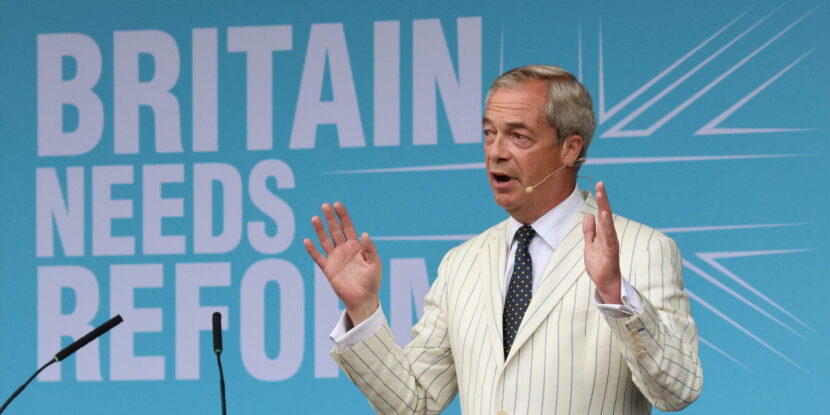PULSE POINTS:
❓What Happened: The U.S. added 177,000 jobs this April, beating employment forecasts for a second consecutive month. Notably, April saw significant job growth across several key economic sectors, with construction employment increasing for the third straight month. The transportation and warehousing, leisure and hospitality, and private education and health services industries also saw significant employment growth.
👥 Who’s Involved: President Donald J. Trump, the U.S. Department of Labor, White House Press Secretary Karoline Leavitt, various economists, and business figures.
📍 Where & When: The jobs numbers were released by the U.S. Department of Labor on Friday, May 2, and cover data from the month of April 2025.
💬 Key Quote: “Gasoline just broke $1.98 a Gallon, lowest in years, groceries (and eggs!) down, energy down, mortgage rates down, employment strong, and much more good news, as Billions of Dollars pour in from Tariffs. Just like I said, and we’re only in a TRANSITION STAGE, just getting started!!!” President Trump wrote in a post on Truth Social.
⚠️ Impact: Labor force participation increased, real average hourly wages rose nearly four percent over the past year, and the federal government reduced jobs for the third month in a row. Additionally, the unemployment rate—currently near historic lows—remained unchanged at 4.2 percent.
IN FULL:
The U.S. Department of Labor announced that 177,000 new jobs were created in April, surpassing market expectations once again. This marks the second month in a row the report has shown stronger-than-expected job growth, with the Trump White House touting the data as evidence that the America First leader’s economic policies aimed at revitalizing the American labor market are working.
“Gasoline just broke $1.98 a Gallon, lowest in years, groceries (and eggs!) down, energy down, mortgage rates down, employment strong, and much more good news, as Billions of Dollars pour in from Tariffs. Just like I said, and we’re only in a TRANSITION STAGE, just getting started!!!” President Trump wrote in a post on his Truth Social platform Friday morning. He added, “Consumers have been waiting for years to see pricing come down. NO INFLATION, THE FED SHOULD LOWER ITS RATE!!!”
April’s jobs numbers contradict the narrative pushed by the corporate media and Wall Street, which contend that President Trump’s imposition of tariffs on foreign imports will lead to layoffs, a declining economy, and even a potential recession. Notably, last month’s hirings surpassed the 12-month average of 152,000 jobs.
According to the data, several industries expected to see immediate negative impacts from the tariffs actually added jobs in April. Private education and health services saw over 70,000 new jobs created, while transportation and warehousing saw nearly 30,000. Additionally, the leisure and hospitality industry added over 24,000 jobs, and professional and business services added 17,000.
“This is the second month in a row where the jobs report has beat expectations. Wages are continuing to rise and labor force participation is increasing. This is exactly what we want to see. More Americans working for higher wages. More winning is on the way,” White House Press Secretary Karoline Leavitt said after the report was released.




















